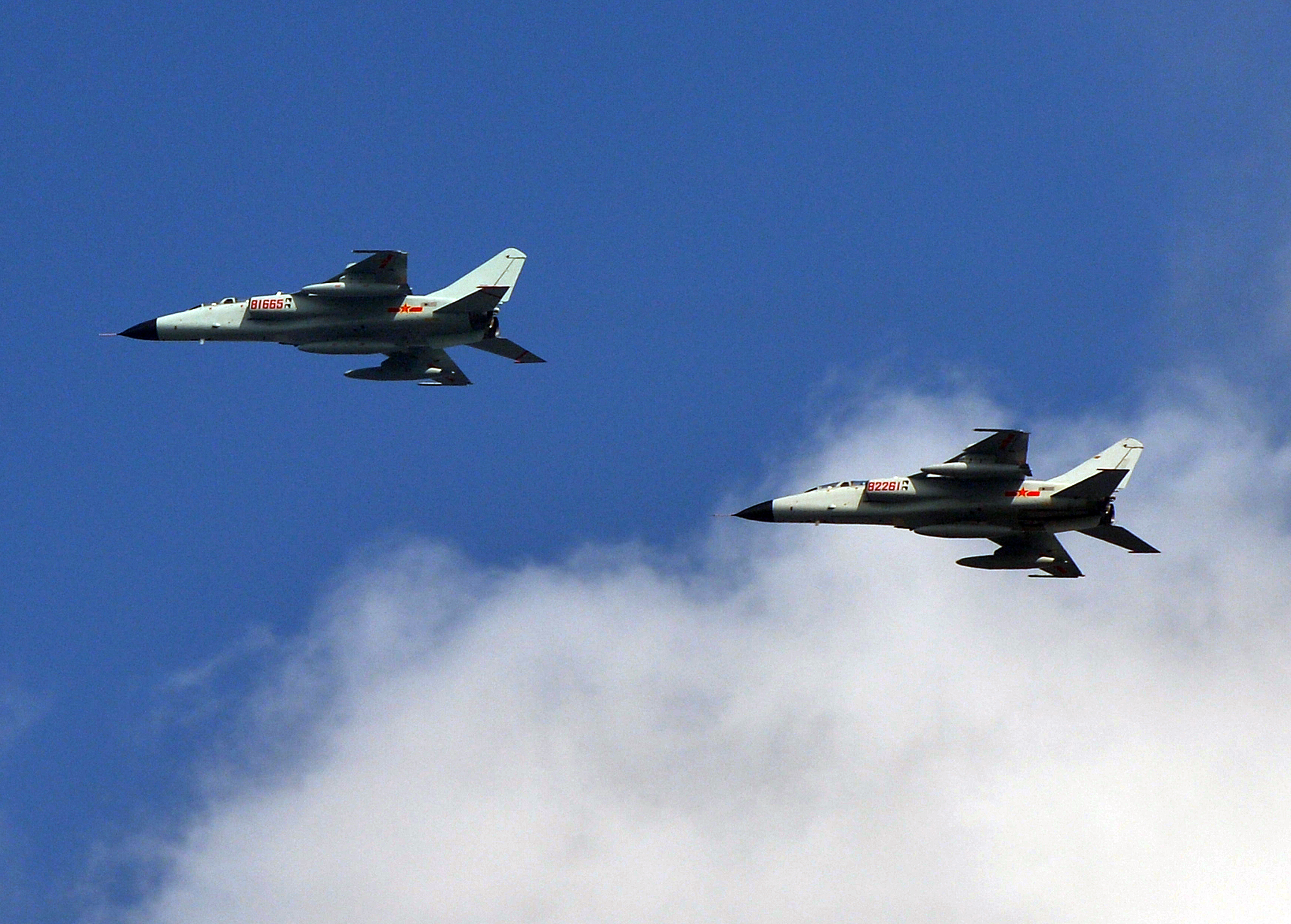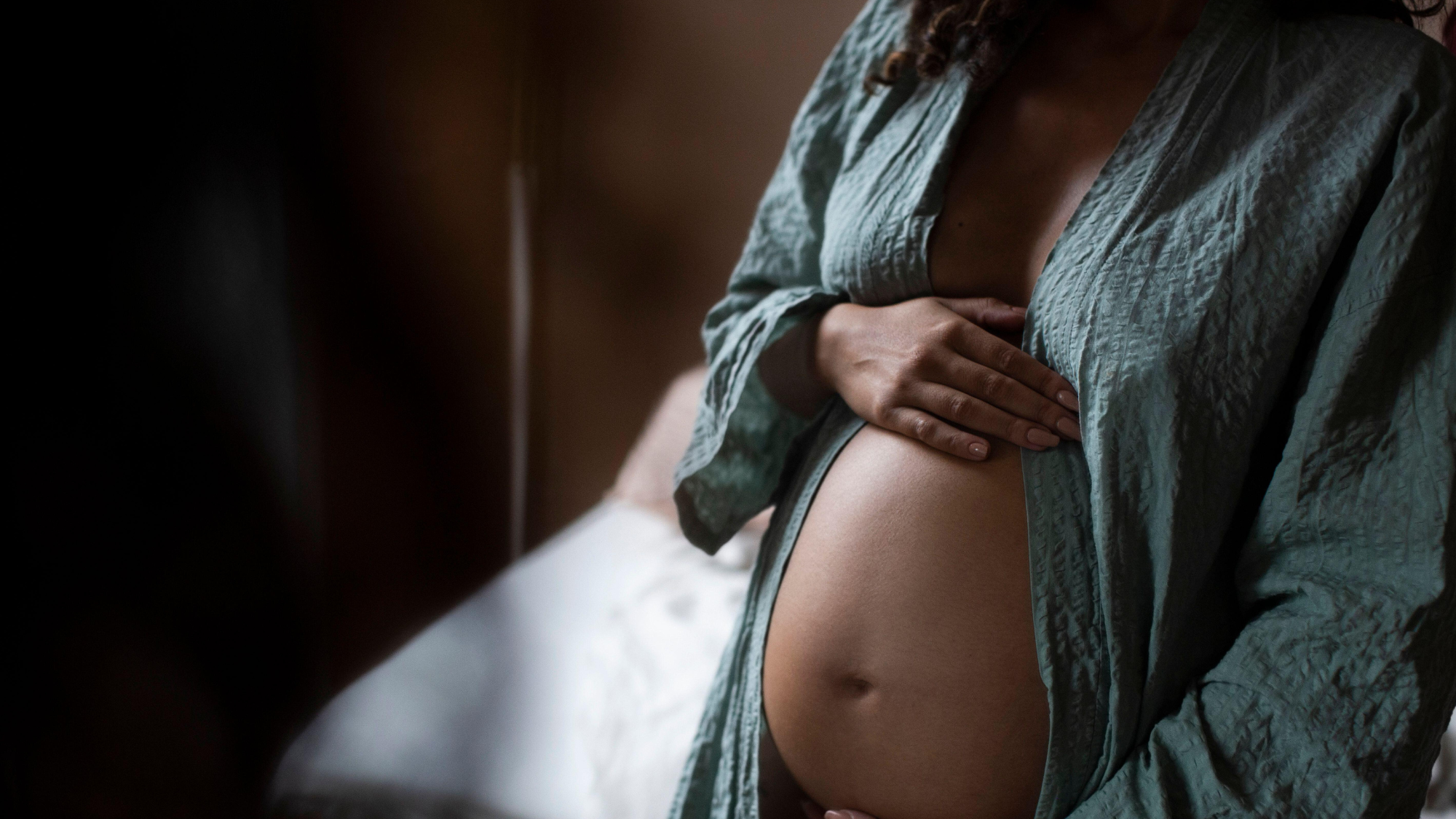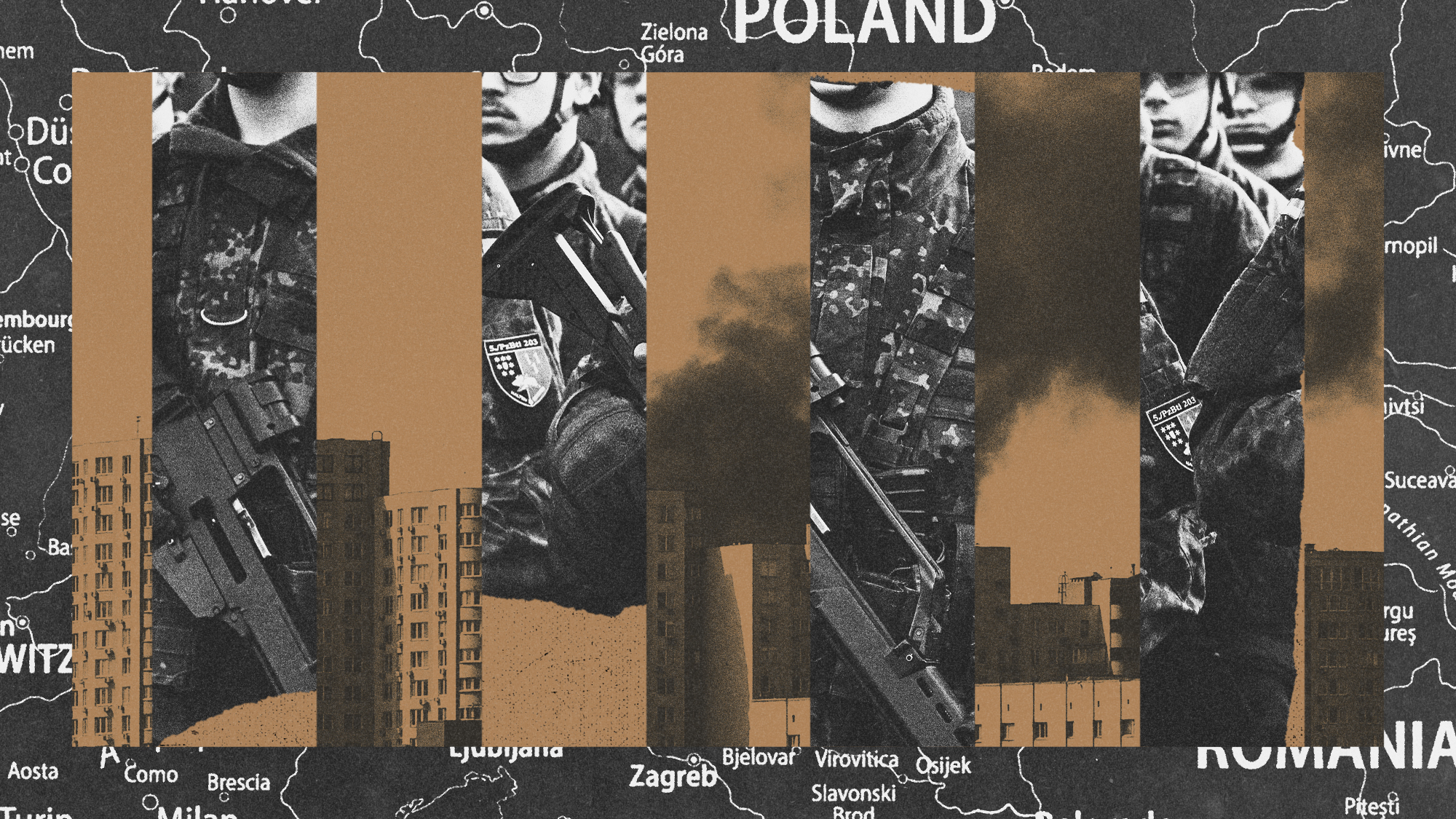Days before Xi's U.S. state visit, Chinese jets recklessly intercepted a U.S. spy plane


On Sept. 15 — a week before Chinese President Xi Jinping arrived in the U.S. for a high-stakes state visit — two Chinese jets made an "unsafe" interception of a U.S. RC-135 surveillance plane in international airspace about 80 miles off the coast of China's Shandong peninsula, military officials told The Wall Street Journal on Tuesday. In the incident, two JH-7 Chinese fighters flew within 500 feet of the U.S. spy plane's nose, though a military official told The Journal that the dangerous flyby fell short of a "near collision.”
Unsafe interceptions are often a big deal, but the Pentagon is playing this one down, saying it's the first one since a rogue Chinese wing commander harassed U.S. aircraft in August 2014. "The long period between this intercept and the last unsafe intercept, as well as the nature of this intercept, indicate that this may be an isolated incident,” said Pentagon spokesman Cmdr. Bill Urban. U.S. officials told The Journal that Xi's visit might result in a memorandum of understanding for avoiding future provocative or reckless air-to-air encounters between U.S. and Chinese air forces, similar to a naval agreement signed last year.
A free daily email with the biggest news stories of the day – and the best features from TheWeek.com
The Week
Escape your echo chamber. Get the facts behind the news, plus analysis from multiple perspectives.

Sign up for The Week's Free Newsletters
From our morning news briefing to a weekly Good News Newsletter, get the best of The Week delivered directly to your inbox.
From our morning news briefing to a weekly Good News Newsletter, get the best of The Week delivered directly to your inbox.
Peter has worked as a news and culture writer and editor at The Week since the site's launch in 2008. He covers politics, world affairs, religion and cultural currents. His journalism career began as a copy editor at a financial newswire and has included editorial positions at The New York Times Magazine, Facts on File, and Oregon State University.
-
 The controversial Free Birth Society
The controversial Free Birth SocietyThe Explainer Influencers are encouraging pregnant women to give birth without midwife care – at potentially tragic cost
-
 Wes Anderson: The Archives – ‘quirkfest’ celebrates the director’s ‘impeccable craft’
Wes Anderson: The Archives – ‘quirkfest’ celebrates the director’s ‘impeccable craft’The Week Recommends Retrospective at the Design Museum showcases 700 props, costumes and set designs from the filmmaker’s three-decade career
-
 Is conscription the answer to Europe’s security woes?
Is conscription the answer to Europe’s security woes?Today's Big Question How best to boost troop numbers to deal with Russian threat is ‘prompting fierce and soul-searching debates’
-
 Nobody seems surprised Wagner's Prigozhin died under suspicious circumstances
Nobody seems surprised Wagner's Prigozhin died under suspicious circumstancesSpeed Read
-
 Western mountain climbers allegedly left Pakistani porter to die on K2
Western mountain climbers allegedly left Pakistani porter to die on K2Speed Read
-
 'Circular saw blades' divide controversial Rio Grande buoys installed by Texas governor
'Circular saw blades' divide controversial Rio Grande buoys installed by Texas governorSpeed Read
-
 Los Angeles city workers stage 1-day walkout over labor conditions
Los Angeles city workers stage 1-day walkout over labor conditionsSpeed Read
-
 Mega Millions jackpot climbs to an estimated $1.55 billion
Mega Millions jackpot climbs to an estimated $1.55 billionSpeed Read
-
 Bangladesh dealing with worst dengue fever outbreak on record
Bangladesh dealing with worst dengue fever outbreak on recordSpeed Read
-
 Glacial outburst flooding in Juneau destroys homes
Glacial outburst flooding in Juneau destroys homesSpeed Read
-
 Scotland seeking 'monster hunters' to search for fabled Loch Ness creature
Scotland seeking 'monster hunters' to search for fabled Loch Ness creatureSpeed Read
